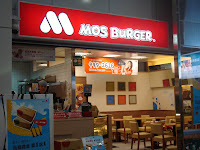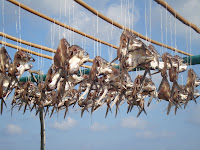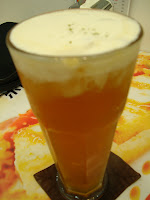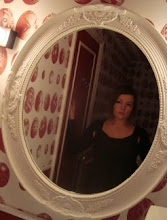 The agency that we are renting our rooms in the Nakajujo Guesthouse from seems to feel the global recession too. They started to encourage us to save energy a in April. Well encourage means threatening us with additional charges if consumption would not decrease. Strange, because April was warm enough already not to use heating anymore which is consuming lots of energy and cool enough not to switch the aircon on which is equally consuming.
The agency that we are renting our rooms in the Nakajujo Guesthouse from seems to feel the global recession too. They started to encourage us to save energy a in April. Well encourage means threatening us with additional charges if consumption would not decrease. Strange, because April was warm enough already not to use heating anymore which is consuming lots of energy and cool enough not to switch the aircon on which is equally consuming.Knowing the Japanese tendency to accept rules however absurd they are and not to voice opinions too openly, I expected my housemates to comply and say nothing. Haha, I was wrong. A vivid discussion started in the house. Especially the three "oldest" tenants (in terms of length of stay) started pointing out to the agency`s failures (such as to provide a second decent-sized fridge or a bigger than baby-size rice cooker) and said they had no grounds for complaints as long as they did not meet their end of the deal. There was some discussion as to if the newest housemates who had moved in in March had caused the excess consumption, not really conflict avoiding either. Another suspicion was that agency simply pretended that consumption had increased and that we should check whether it applies to our house at all.
Well, last time I was at the agency`s office for signing the new contract they made me fill out a questionnaire on utility consumption. The tone was pretty much "please turn your housemates in and report their excessiveness in using energy". Methods used by certain doubtful state organisations... I did just put a few crossed that we always switch light off and so on and suggested that THEY put in energy saving lamps and such.
Now the cleaning lady put posters all over our house - that is next to any potentially engergy consuming item like stove, fridge, shower, light switch, etc. that says "Please turn X off after use". I didn`t even get upset anymore, I`ve gotten used to being reminded of rules everywhere I go here. But obviously one of my housemates got mad - justifiedly so. She wrote nasty comments in Japanese on the posters with permanent marker and little English comments like "Yes, Sir", "Yes, Commander" under the reminders. It`s very funny. There are two housemates who know that kind of English and I suspect it is Tomoko who is a pretty straightforward person in general. You go girl!
























